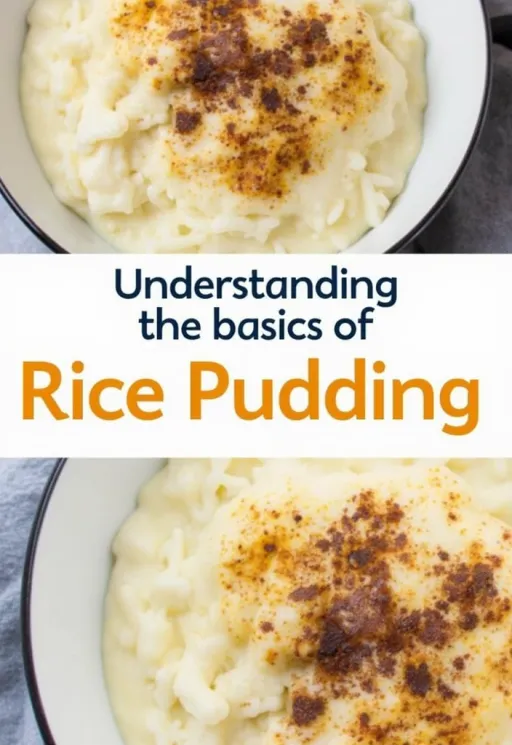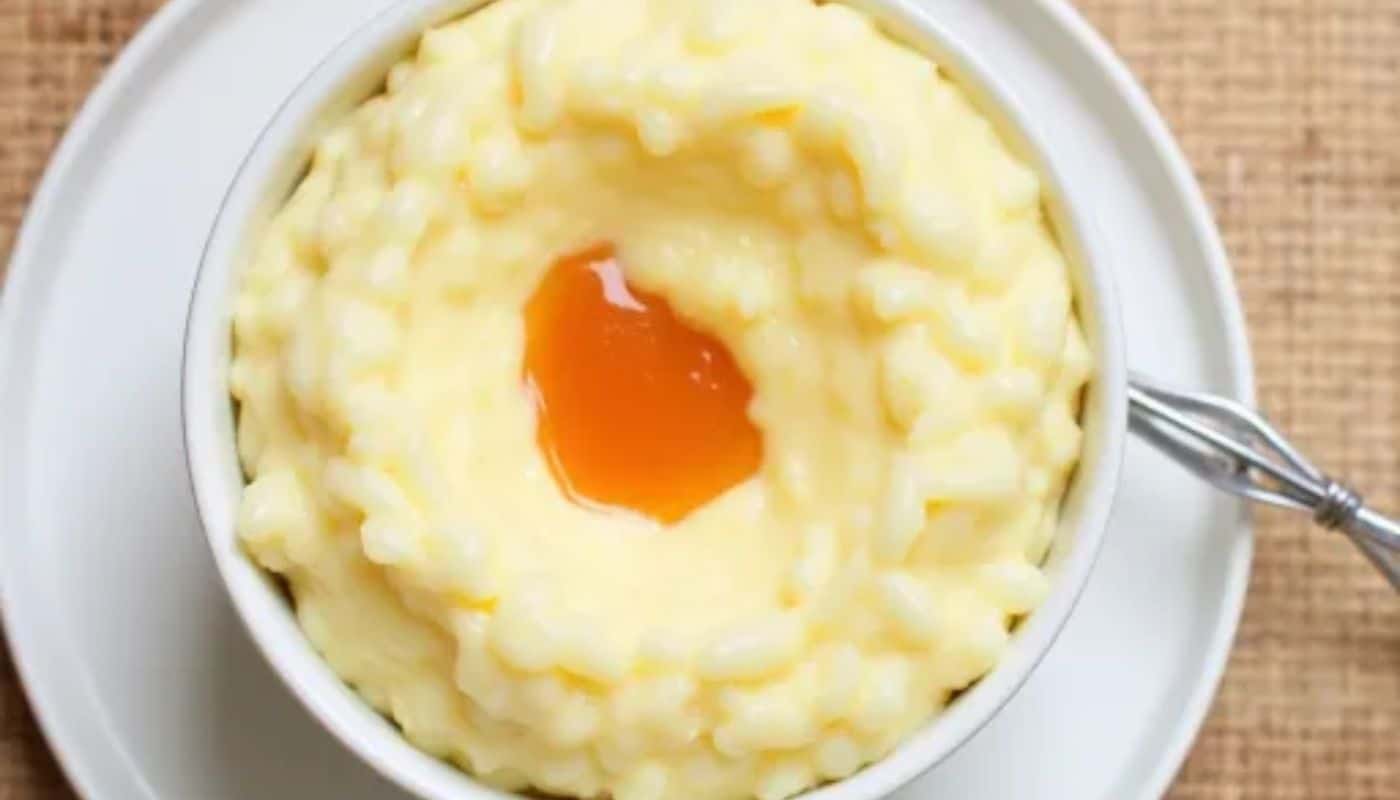Rice pudding is more than just a dessert; it’s a warm embrace in a bowl. Its creamy texture and comforting flavor can transport you back to childhood memories. This article dives deep into the art of making the perfect creamy rice pudding, exploring techniques, ingredients, and expert tips that will elevate your dish.
Why does rice pudding hold such a special place in many cultures? It’s simple, really. This dish is versatile. It can be sweet or savory, enjoyed warm or chilled. Plus, it’s an economical way to turn a few basic ingredients into something extraordinary. Whether you’re a pro chef or a home cook, mastering rice pudding can expand your dessert repertoire.
Understanding the Basics of Rice Pudding

Rice pudding is fundamentally a combination of rice, milk, and sugar. But the magic lies in how these ingredients interact. The rice absorbs the milk, creating a rich, creamy texture. Different types of rice yield different results. Short-grain rice, like Arborio, is often preferred for its high starch content, which contributes to creaminess.
Did you know that rice pudding has roots in various cultures? From Indian kheer to Italian risotto dolce, each version has its own unique twist. This shared heritage highlights the dish’s adaptability across cuisines.
The Essential Ingredients
To create a stellar creamy rice pudding, quality ingredients matter. Let’s break down the essentials:
- Rice: Short-grain varieties like Arborio or sushi rice are ideal. They release starch, which thickens the pudding.
- Milk: Whole milk is preferred for richness. You can also experiment with half-and-half or cream for an ultra-decadent version.
- Sweetener: Traditional recipes use sugar, but alternatives like honey or maple syrup can add complexity.
- Flavorings: Vanilla, cinnamon, and nutmeg are classic options. Citrus zest can also brighten the flavor profile.
Each of these components plays a critical role in the final product. The balance between them is what makes or breaks your pudding.
Cooking Techniques That Matter
Cooking rice pudding isn’t just about following a recipe. It’s about understanding the process. Start by rinsing your rice. This removes excess starch and prevents the pudding from becoming gummy.
In a saucepan, combine your rinsed rice with cold milk. This helps the rice absorb the milk gradually, enhancing creaminess. Bring the mixture to a simmer over medium heat, stirring occasionally to prevent sticking.
Here’s a pro tip: Once it reaches a simmer, reduce the heat to low. Cooking slowly allows the rice to soften without the risk of burning. Patience is key here.
Common Misconceptions
Many believe rice pudding is just a simple dish lacking depth. This couldn’t be further from the truth. The beauty of rice pudding lies in its versatility. You can customize it to suit your taste.
Another misconception is that rice pudding is always served warm. While it’s delightful hot, chilled rice pudding has a creamy, refreshing quality that many prefer.
Flavor Enhancements
To elevate your rice pudding, consider adding mix-ins. Dried fruits like raisins or apricots can introduce sweetness and texture. Nuts provide a satisfying crunch.
Don’t shy away from experimenting with spices. Cardamom and cloves can add an exotic twist. A splash of bourbon or rum can also enhance the flavor, making it more sophisticated.
Addressing Dietary Needs
In today’s culinary landscape, dietary restrictions are common. Fortunately, rice pudding can easily be adapted. For a vegan version, substitute dairy milk with almond or coconut milk. Maple syrup can replace traditional sugar.
Gluten-free? No worries! Rice is naturally gluten-free, making this dessert accessible to many.
Troubleshooting Common Issues
Even seasoned cooks can run into problems. If your pudding turns out too runny, it may need more cooking time. If it’s too thick, add a splash of milk and stir.
A grainy texture often results from cooking at too high a temperature. Slow and steady is the way to go.
Cultural Variations
Around the world, rice pudding takes on distinct forms. In Spain, you’ll find arroz con leche, typically flavored with lemon zest and cinnamon. In India, kheer is often enriched with nuts and raisins, showcasing regional flavors. Each variation tells a story of its culinary heritage.
The Science Behind Creaminess
What makes a rice pudding creamy? The starch in the rice gelatinizes during cooking, thickening the milk. This process is crucial. As the rice cooks, it releases starch, which binds with the liquid.
The temperature also plays a role. Cooking over low heat allows for gradual thickening, resulting in that velvety consistency we crave.
Serving Suggestions
Presentation matters! Serve your rice pudding in individual bowls or cups. A sprinkle of cinnamon or a dollop of whipped cream can make it visually appealing. Fresh fruit or a drizzle of caramel sauce can elevate the dish further.
Consider pairing it with a complementary dessert. A fruit tart or a light sorbet can provide a refreshing contrast to the creaminess of the pudding.
Conclusion
Creamy rice pudding is a comforting classic that deserves a spot in your kitchen. By understanding the ingredients, techniques, and cultural variations, you can create a dish that’s not just good but exceptional.
Remember, cooking is an art. It’s about experimenting and finding what works for you. Don’t hesitate to tweak the recipe to suit your tastes.
As you embark on your creamy rice pudding journey, keep these key points in mind: choose quality ingredients, embrace the cooking process, and don’t be afraid to innovate. Your perfect bowl of rice pudding is waiting. Enjoy the process and savor the delightful results!

Emily Rose Johnson is a talented writer known for her captivating storytelling and evocative prose, creating unforgettable characters and compelling narratives in various genres.









